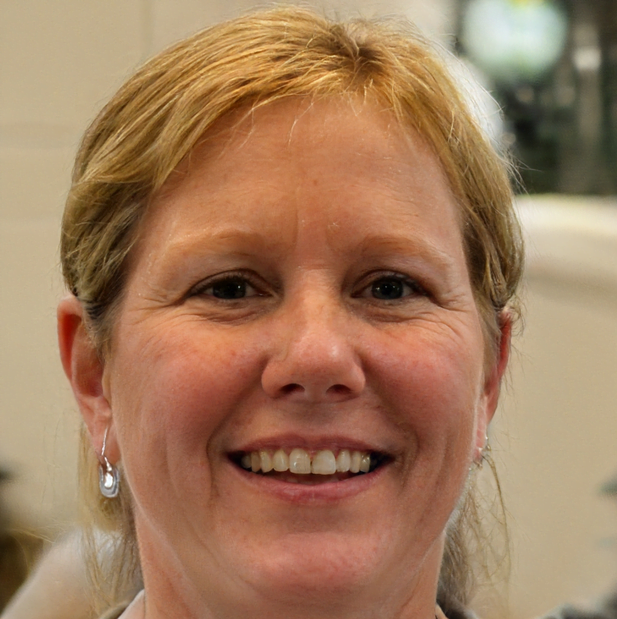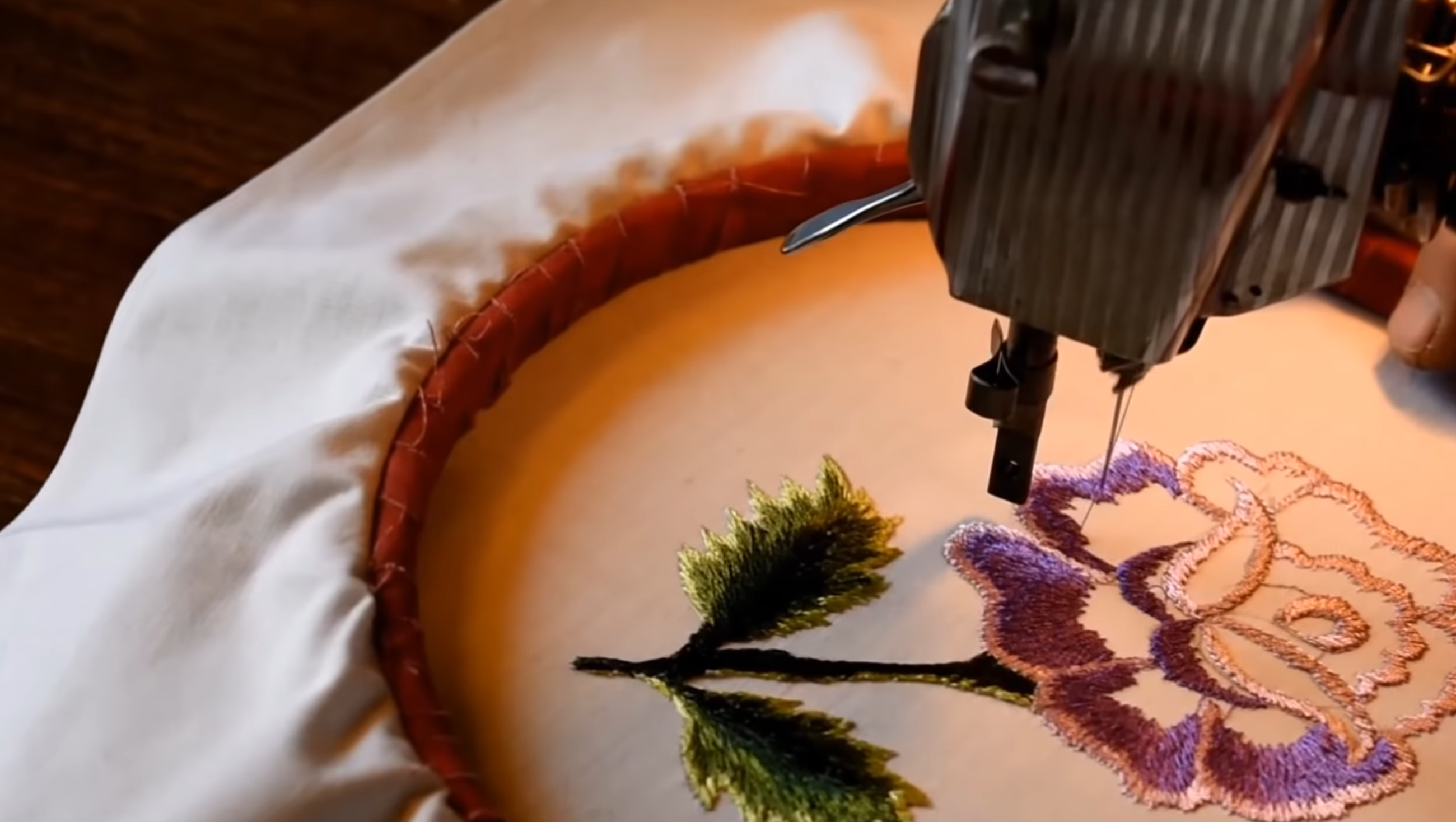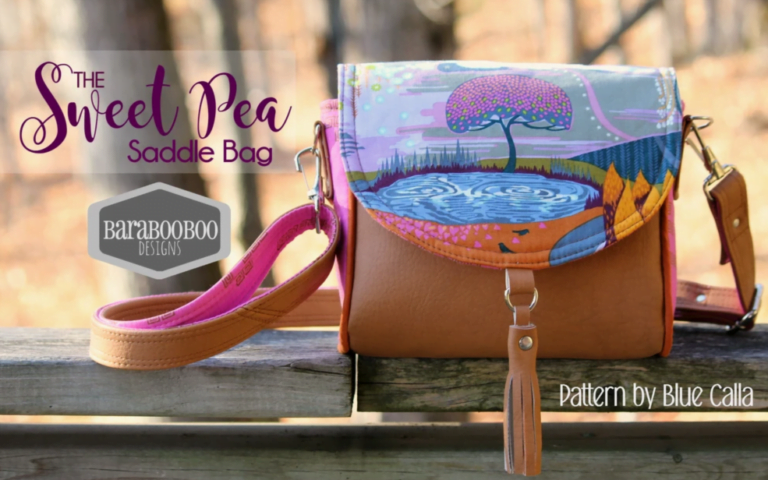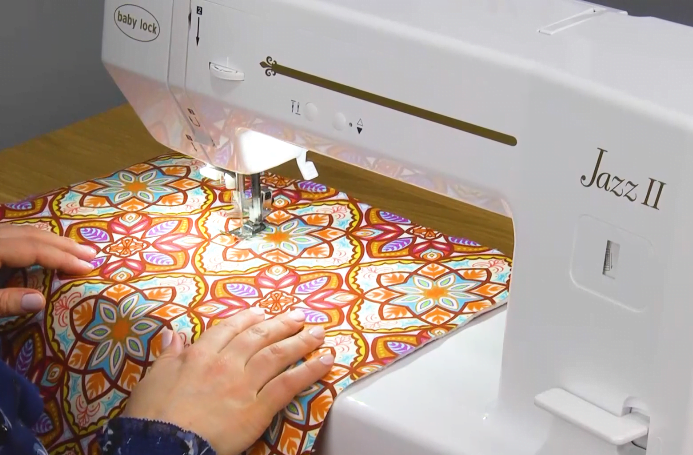A Guide to freehand machine embroidery
Freehand machine embroidery, otherwise known as free motion embroidery, is a type of machine embroidery for creating designs on fabric. But, it doesn’t use an embroidery machine at all, it actually uses a sewing machine.
Freehand machine embroidery is a great way to add beautiful designs to your projects, even if you do not have an embroidery machine! In this article, we’re going to talk a bit about free motion embroidery and how you can try out this cool decorating technique for yourself.
How can you use free motion embroidery?
Free motion embroidery opens the door to a world of creative possibilities. In quilting projects, it allows for the incorporation of intricate, personalized designs into quilted wall art or cozy throws. The technique transforms plain pillow covers into vibrant, textured works of art, adding a touch of individuality to home decor.
Additionally, wearable art takes on a new dimension as free motion embroidery enhances clothing, from denim jackets to scarves, creating distinctive, one-of-a-kind accessories. Whether quilting or adorning textiles, free motion embroidery adds a unique, artistic touch to various projects, making it a versatile and expressive craft.
Required Materials and Tools
Sewing Machine with a Free Motion Foot
A sewing machine equipped with a free motion foot is essential for this technique. This foot allows you to move the fabric freely in all directions, giving you control over the stitching.
Suitable Fabrics
Choose fabrics that are suitable for free motion embroidery, such as cotton, linen, or denim. Avoid overly stretchy fabrics, as they may be more challenging to work with. It’s also important to consider the texture and weight of the fabric. Lighter fabrics may require stabilizers to prevent puckering during stitching.
Embroidery Thread
Select embroidery thread suitable for the desired effect. Variegated or metallic threads can add visual interest, while standard embroidery thread works well for intricate details.
Needles
Choose needles based on the fabric you’re using. For example, use ballpoint needles for knits and universal needles for woven fabrics. Keep in mind that thicker fabrics may require larger needles.
Embroidery Hoop (optional)
While using an embroidery hoop is optional, it can provide stability and tension to the fabric. However, some free motion embroiderers prefer working without a hoop for more freedom of movement. Consider trying both methods to find what works best for you.
Setting Up Your Sewing Machine
Setting up your sewing machine for free motion embroidery is crucial to achieving smooth, controlled stitching. Follow these steps to ensure your machine is ready for creative stitching.
Installing the Free Motion Foot
- Begin by selecting the appropriate free motion foot for your sewing machine model. Consult your machine’s manual to identify the correct foot.
- With the machine turned off, raise the presser foot and remove the standard presser foot if attached.
- Align the shank of the free motion foot with the presser foot holder and lower it. Once aligned, secure the foot in place using the presser foot lever.
Dropping or Covering the Feed Dogs
- Depending on your machine, you may have the option to drop or cover the feed dogs. The feed dogs are the small, tooth-like mechanisms that move the fabric under the needle.
- Dropping or covering the feed dogs is essential for free motion embroidery, as it allows you to move the fabric freely in any direction without interference.
Adjusting Tension for Free Motion
- Proper tension is crucial for achieving balanced and even stitches in free motion embroidery.
- Set your machine to a lower tension setting than what is typically used for regular sewing. Experiment with different tension levels on scrap fabric to find the setting that produces the best results for your chosen fabric and thread.
Testing Stitch Length and Width
- Adjust the stitch length to zero, or as close to zero as your machine allows, as free motion embroidery relies on the movement of the fabric rather than the feed dogs to determine stitch length.
- Experiment with different stitch widths to achieve the desired effect for your design. A wider stitch can create bolder outlines, while a narrower stitch is suitable for intricate details.
Before starting your project, it’s advisable to perform some test stitches on scrap fabric to ensure that your machine settings are optimized for free motion embroidery. This preparation will contribute to a smoother and more enjoyable stitching experience.
Preparing the Fabric
Before we begin our embroidery we must secure the fabric. The area you are embroidering must not wrinkle or shift as that will ruin your design. Here’s how to secure your fabric.
Hooping the Fabric
Secure your fabric in an embroidery hoop if you choose to use one. Hooping helps maintain tension and stability, providing a controlled surface for embroidery. Ensure the fabric is taut but not stretched to avoid distortion during stitching.
Stabilizing the Fabric
Use an appropriate stabilizer to reinforce the fabric and prevent puckering or stretching. The choice of stabilizer depends on your fabric type and project. Cut or tear the stabilizer to match the size of your hoop or fabric, and place it between the fabric layers if necessary. Read more about stabilizers here.
Transferring the Design
Before you start stitching, transfer your chosen design onto the fabric. Options include sketching directly on the fabric with a water-soluble pen, using transfer paper, or employing stencils and templates for precision. Ensure the design is centered and suits the intended embroidery area.
In closing, freehand machine embroidery can be a lot of fun, and it’s a great way to get even more use out of your sewing machine. However, there are some necessary preparations to be made, and it does take a good bit of practice to get good at it.
Free Motion Project Ideas
Need a little inspiration? Here are a few project ideas to get you started with freehand machine embroidery.
- Personalized Hand Towels:
- Elevate everyday items by embroidering personalized designs on hand towels. Consider monograms, flowers, or geometric patterns for a stylish and functional project.
- Custom Tote Bags:
- Transform plain tote bags into wearable art. Experiment with bold designs, intricate patterns, or even embroidered quotes to make a fashion statement.
- Embroidered Wall Art:
- Express your artistic flair by creating embroidered wall art. Frame your embroidery or stretch it over canvas for a unique piece that adds character to your space.
- Wearable Art:
- Embellish clothing items like denim jackets, jeans, or plain t-shirts with freehand embroidery. Turn everyday garments into one-of-a-kind, wearable works of art.
- Quilting with Freehand Embroidery:
- Combine the art of quilting with freehand embroidery to produce intricate quilted designs. Experiment with different stitch patterns to create visually stunning and cozy quilts.
- Pouches and Cosmetic Bags:
- Craft stylish pouches or cosmetic bags with embroidered accents. Explore whimsical or geometric designs to add a touch of charm to these functional accessories.
- Personalized Pillow Covers:
- Upgrade your home decor by embroidering personalized pillow covers. Experiment with floral motifs, abstract designs, or even family initials to match your style.
- Custom Keychains:
- Craft unique keychains by embroidering small designs on fabric or felt. These make for thoughtful and personalized gifts or accessories.
- Embroidered Baby Blankets and Onesies:
- Welcome little ones with custom-designed baby blankets and onesies. Use soft pastel colors and playful motifs for an adorable upgrade to baby items.
- Quilted Wall Hangings:
- Combine quilting and freehand embroidery to create decorative wall hangings. Experiment with layering fabrics and stitching to produce visually captivating art pieces.
Feel free to adapt and personalize these project ideas to suit your preferences and explore the vast creative possibilities that freehand machine embroidery offers.

Barb, our resident quilter and embroidery aficionado, weaves a thread of creativity through our collection. Serving as the curator of machine embroidery content, Barb infuses each design with a touch of her artistic expertise. The free embroidery patterns you discover on our site often bear the mark of Barb’s craftsmanship. Let’s get crafting!






